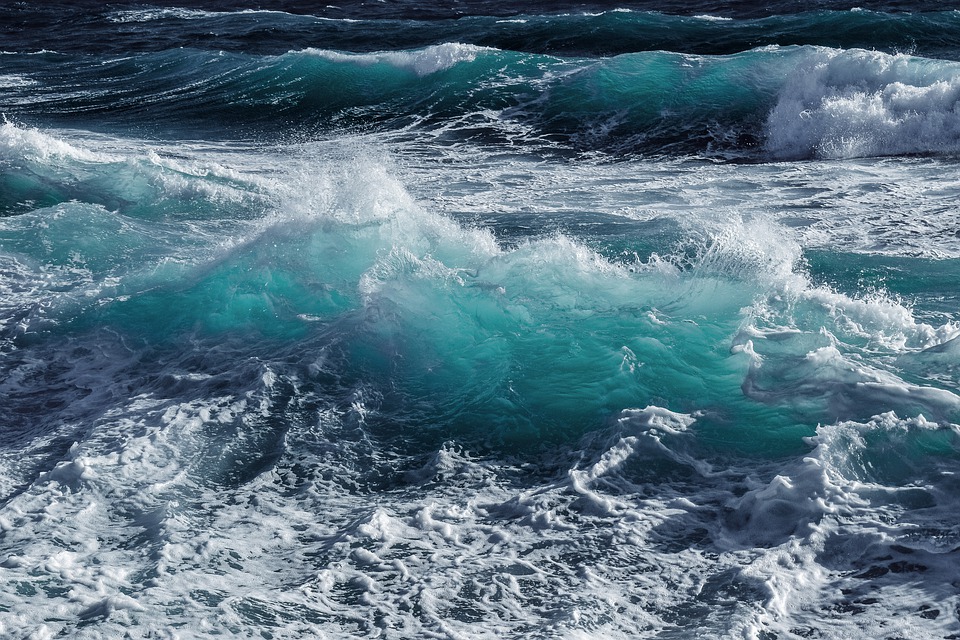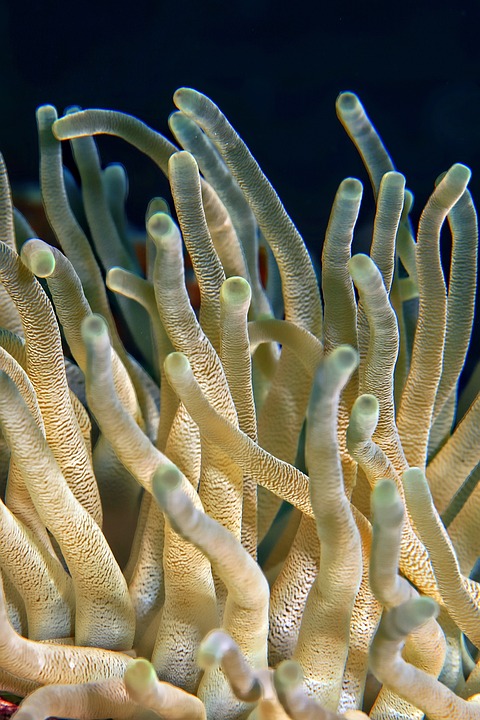Seas of Silt: New Study Reveals Bizarre ‘Rain’ of Soil Particles in Ocean
In a fascinating discovery, a team of scientists has uncovered a phenomenon that challenges our understanding of the ocean’s behavior. Researchers have found that vast amounts of soil particles are raining down from the atmosphere and accumulating on the ocean floor, creating vast "seas of silt" in the process. This remarkable finding has significant implications for our understanding of ocean chemistry, climate change, and the delicate balance of marine ecosystems.
What is this "rain" of soil particles?
The phenomenon, known as "atmospheric deposition," refers to the process by which soil particles, minerals, and other materials are lifted into the atmosphere by wind, storms, or human activities, and then fall back to the Earth’s surface, including the ocean. In this case, scientists have found that a significant portion of these particles are reaching the ocean floor, where they settle and accumulate, creating vast layers of silt.
How much silt is being deposited?
The study, published in the journal Nature Communications, estimates that between 100,000 to 300,000 tons of soil particles are being deposited into the ocean every day. To put this into perspective, that’s equivalent to the weight of 50,000 elephants! This influx of particles has been happening for millions of years, but the study suggests that human activities, such as deforestation and agricultural runoff, have significantly increased the rate of deposition in recent decades.
What impact does this have on the ocean?
The accumulation of silt on the ocean floor has significant implications for marine ecosystems. Silt can smother habitats, reduce water quality, and alter the distribution of marine life. In extreme cases, it can even lead to the formation of vast "dead zones" where little to no life can exist. The silt also absorbs and traps heat, which can have a global impact on climate change.
What do scientists hope to learn from this study?
Researchers hope to use this discovery to better understand the complex interactions between the atmosphere, oceans, and land. By studying the composition and distribution of the silt, scientists can gain insights into human activities, such as climate change and pollution, and develop strategies to mitigate their impacts.
Image: An illustration of the atmospheric deposition process, showing soil particles being lifted into the atmosphere and falling back to the ocean floor.
[Image: Atmospheric Deposition Illustration]
Frequently Asked Questions:
Q: How does this discovery affect our understanding of ocean chemistry?
A: The study reveals that the ocean is a more dynamic system than previously thought, with significant inputs of terrestrial materials that can impact ocean chemistry and ecosystems.
Q: Can this phenomenon be slowed down or stopped?
A: While it’s unlikely that human activities can completely halt atmospheric deposition, strategies to reduce deforestation, agricultural runoff, and pollution could help slow down the process.
Q: What does this mean for climate change?
A: The study suggests that the increased deposition of silt could exacerbate climate change by trapping heat and altering ocean circulation patterns.
Q: How will this discovery impact our understanding of marine ecosystems?
A: The accumulation of silt on the ocean floor could have significant impacts on marine ecosystems, potentially leading to changes in species distribution and the formation of "dead zones".
Stay tuned for further updates on this groundbreaking research and its implications for our understanding of the ocean and its delicate balance!



